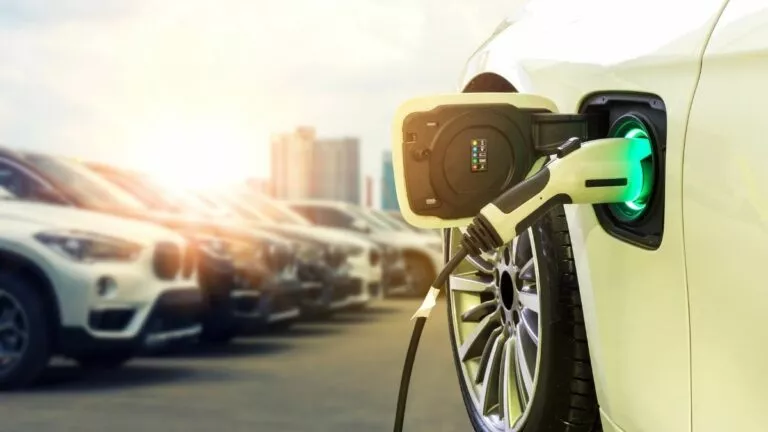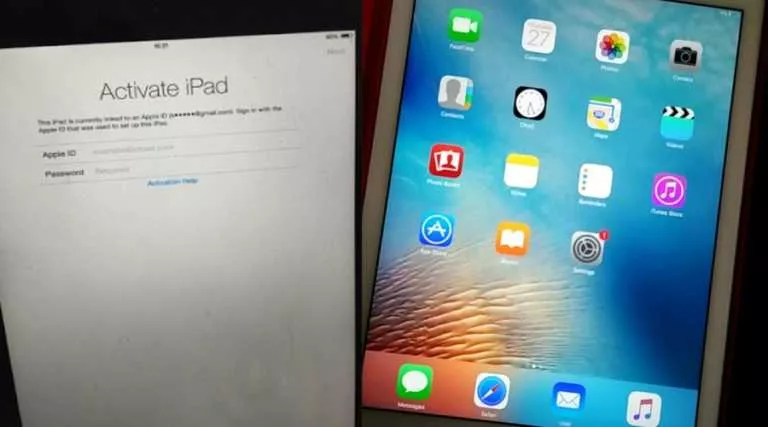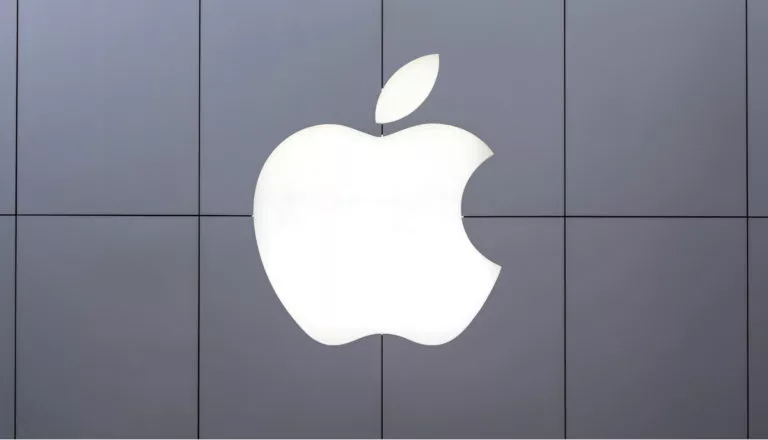10th Gen iPad Vs. iPad Air Vs. iPad Mini: The Best iPad For Rs 60,000 ($600)
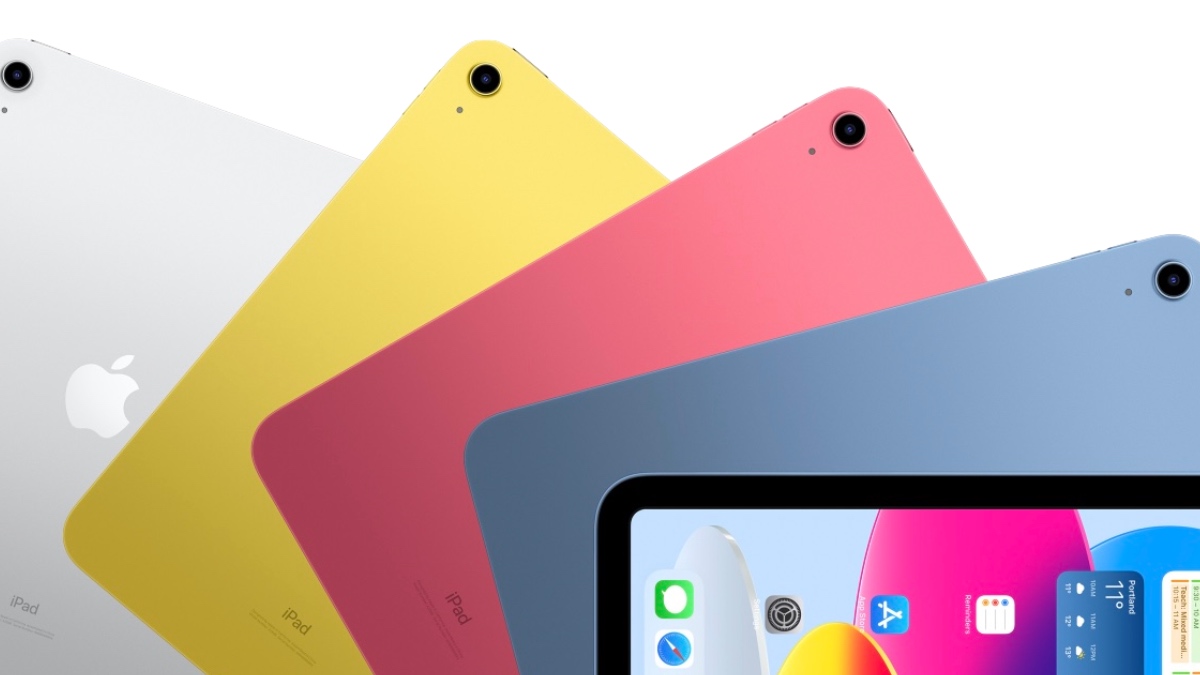
Apple quietly launched the latest 10th-gen iPad and two new M2 iPad Pros via a press release. This demands a 10th-gen iPad vs. iPad Air vs. iPad Mini comparison, where the best value-for-money iPad can be determined.
The latest launch brings the whole iPad lineup up to speed with the latest all-screen design. However, the new design also means that the base iPad is costlier, but it still remains under $500. But its $449 price tag also brings it closer to the iPad Mini and the much more powerful M1 iPad Air.
The new 10th-gen iPad also has its quirks. While it is the first iPad to get a landscape front-facing camera, it misses out on second-gen Apple Pencil support. Apple has given it a kickstand keyboard folio, but it isn’t compatible with the floating Magic Keyboard folio you can buy for the iPad Air. So with all these quirks, is the 10th gen iPad a better buy than the iPad Mini and the iPad Air?
Therefore, we compared the on-paper specifications, prices, and real-world practicality of all three iPad models. Here is our 10th-gen iPad vs. iPad Air vs. iPad Mini comparison.
10th Gen iPad vs. iPad Air vs. iPad Mini
| Specifications | 10th-gen iPad | iPad Air | iPad Mini |
| Display | 10.9-inch Liquid Retina display with 2360x1640p resolution sRGB, True Tone display | 10.9-inch Liquid Retina display with 2360x1640p resolution Fully laminated, antireflective coating, Wide Color display (P3) | 8.3-inch Liquid Retina display with 2266x1488p resolution Fully laminated, antireflective coating, Wide Color display (P3) |
| Cameras | Rear: 12MP wide camera Front: 12MP Landscape ultrawide camera | Rear: 12MP wide camera Front: 12MP ultrawide camera | Rear: 12MP wide camera Front: 12MP ultrawide camera |
| Chip | A14 Bionic | M1 chip | A15 Bionic |
| Storage | 64GB, 256GB | 64GB, 256GB | 64GB, 256GB |
| Apple Pencil | First-gen Apple Pencil | Second-gen Apple Pencil | Second-gen Apple Pencil |
| Keyboard | Magic Keyboard Folio | Magic Keyboard and Smart Keyboard Folio | Magic Keyboard and Smart Keyboard Folio |
| Connectivity | USB-C, WiFi 6, Bluetooth 5.2, eSIM/Nano-SIM | USB-C, WiFi 6, Bluetooth 5.2, eSIM/Nano-SIM | USB-C, WiFi 6, Bluetooth 5.2, eSIM/Nano-SIM |
| Security | Side-mounted Touch ID | Side-mounted Touch ID | Side-mounted Touch ID |
| Colors | Silver, Pink, Blue, Yellow | Space Gray, Starlight, Pink, Purple, Blue | Space Gray, Starlight, Pink, Purple |
| Price | Starting at $449 (Rs 44,900) | Starting at $599 (Rs 59,900) | Starting at $499 (Rs 49,900) |
| Availability | Available online and offline | Available online and offline | Available online and offline |
Display & Apple Pencil
Seeing from the specifications above, it looks like Apple has brought the base model iPad closer to its costlier siblings. However, look closely, and there are major differences between them; the 10th-gen iPad has a similar design to the M1 iPad Air but misses out on a fully-laminated display and the antireflective coating. The base iPad also misses out on a wide color gamut display. It means that despite similar looks, Apple Pencil will work better on the iPad Air and the iPad Mini.
Coming to the Apple Pencil, the latest 10th-gen iPad still supports the first-gen Apple Pencil. Besides this, all of the other iPads support the second-gen Apple Pencil, which is more responsive and easier to charge. Users will have to plug the first-gen Pencil into a dedicated Apple Pencil charger to power it because the iPad now has a USB-C port. On the other hand, the second-gen Apple Pencil magnetically connects to the side of the iPad and charges itself.
Keyboard support
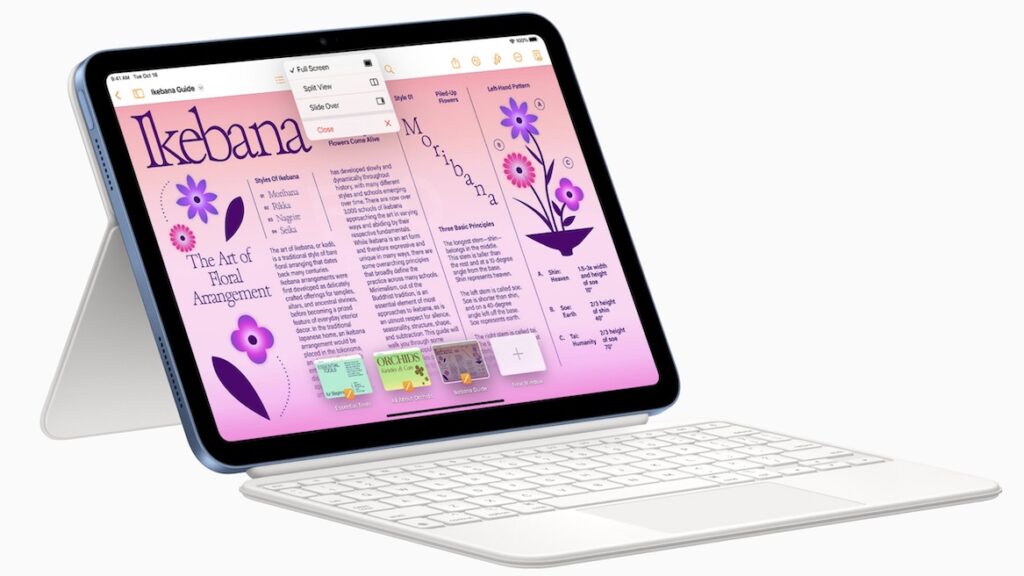
Apple has launched a dedicated keyboard folio for the new iPad. This is where the 10th gen iPad vs iPad Air vs iPad Mini comparison takes a turn. While the base iPad and the iPad Air both have their keyboard folios, the iPad Mini misses out on one. So if someone is going for the iPad Mini, they’ll have to pair it with an external keyboard.
The base iPad and iPad Air should also offer a better keyboard experience because of the larger display. The iPad Mini is better with the Apple Pencil because it has a fully-laminated panel, the same as the iPad Air, but with denser pixels. While the iPad Air gives it a floating view (like a MacBook), the 10th-gen iPad’s keyboard is detachable, and users can separately use the kickstand.
Cameras and processor
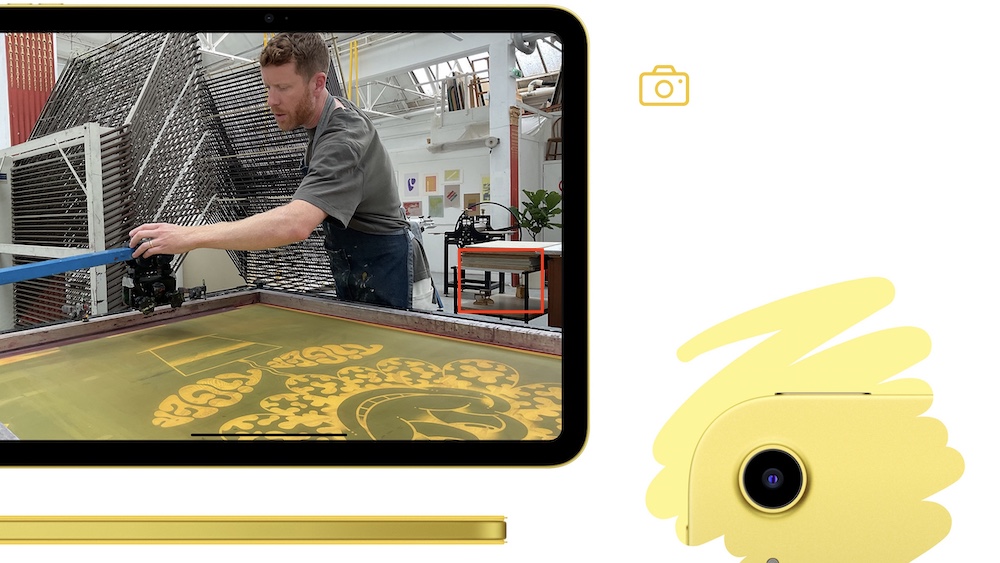
The 10th gen iPad is the first iPad to come with a landscape front-facing camera. It means the iPad now offers a better landscape video calling experience. The iPad Air and the iPad Mini both get a selfie camera at the top bezel. All three come with a 12MP rear camera and a 12MP front camera, but the 10th gen iPad has an ultrawide front-facing camera.
Coming to the processors, the M1 iPad Air is the most powerful of the bunch. It is followed by the iPad Mini with the A15 Bionic processor, and then the latest iPad with its last with the A14 chip. However, the A14 is a powerful processor and justifies the sub $500 price. Power users who don’t want to shell out extra cash for the iPad Pro should go for the M1 iPad Air. For most users, the A15 Bionic and the A14 Bionic won’t make much difference.
10th-gen iPad v.s. iPad Air vs. iPad Mini: Verdict
Apple raised the price of the base iPad from $329 (33,900) to $449 (Rs 44,900) for the 10th-gen iPad. For the price, users will get a new design, a bigger display, better cameras, a faster processor, a USB-C port, 5G connectivity, and a new Magic Keyboard. All of these features make the base iPad a decent upgrade for previous-gen iPad users. However, there’s more to consider if someone is buying their first iPad.
The iPad Air starts at $599 (59,900), which is pretty close to the new iPad. Unless someone’s on a tight budget, the iPad Air offers a better display, second-gen Apple Pencil support, floating Magic Keyboard support, and the crazy powerful M1 chip. The M1 iPad Air should also be a better choice in the long run because it runs on a desktop-class chip. So if the user is buying it at the student stage, they can continue to use it when they have to run heavier tasks as well.
Lastly, the iPad Mini is the most compact iPad of the bunch. The handy form factor and support for the second-gen Apple Pencil are its strongest selling points. This is best suited for reading, light drawing, and note-taking. There’s no keyboard folio for the iPad Mini, but it is better for users who have to hold the iPad for longer durations or want something to watch movies on.
In the end, the iPad vs. iPad Air vs. iPad Mini comparison comes down to the use cases and budget. Power users are better off with the M1 iPad Air, the 10th-gen iPad makes the most sense for those on a budget, and the iPad Mini is better for users who want better Apple Pencil support. Which one do you think is the best of the bunch? Let us know in the comments.

